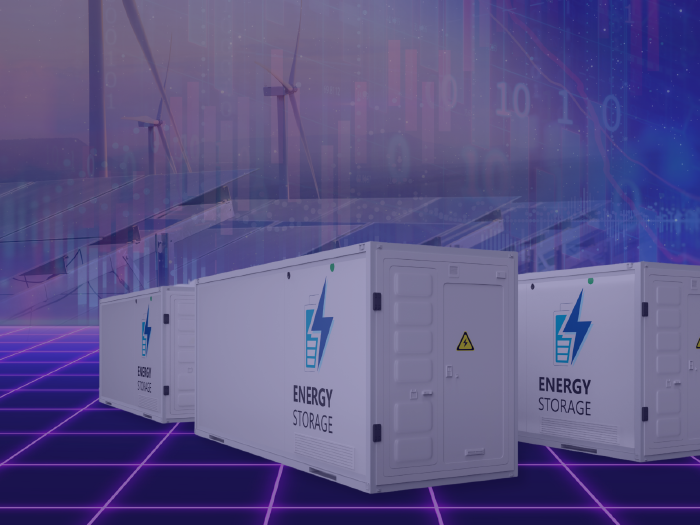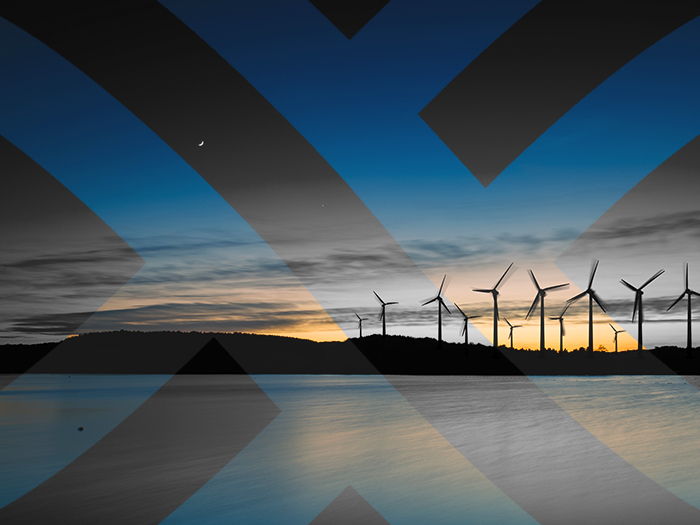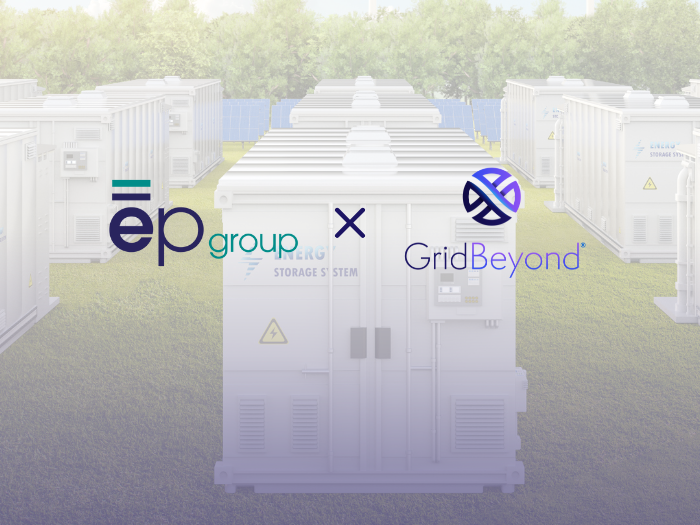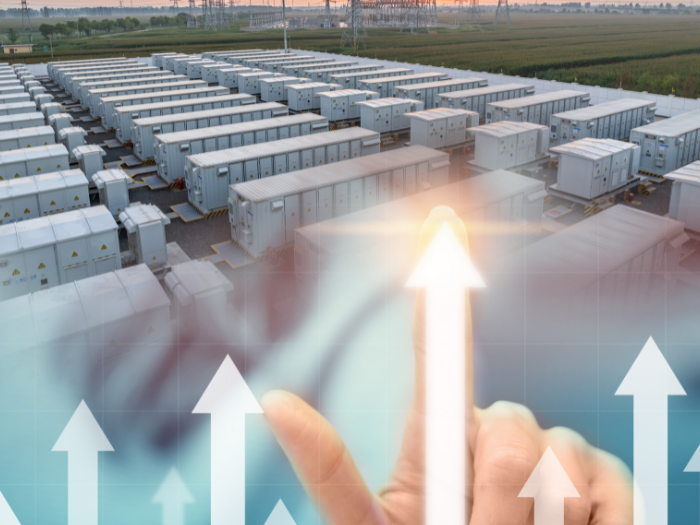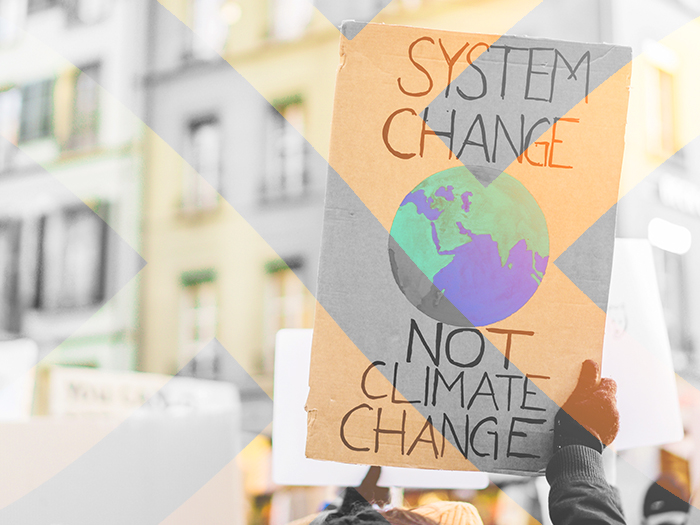News
better business decisions
Posted 7 months ago | 7 minute read
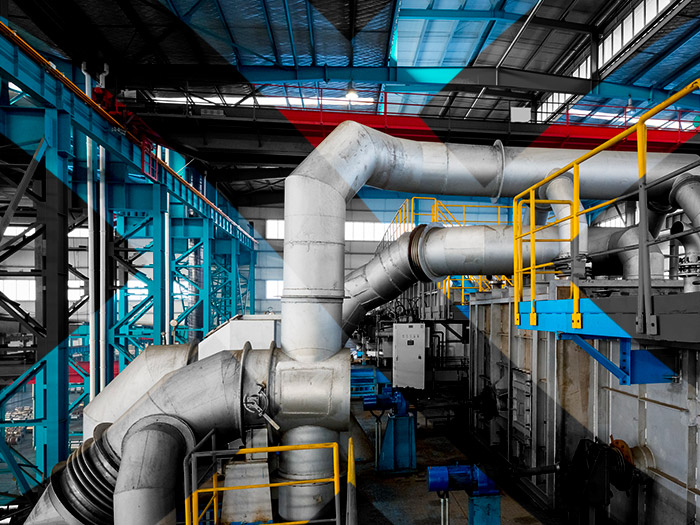
An introduction to demand side response
Demand side response (DSR) is becoming increasingly popular with medium to large scale business energy users. In this article we take a look at what demand response is and why its important as our energy systems evolve.
Why is demand side response needed?
There are 3 key goals for our electricity grid; decarbonisation, decentralisation and digitalisation. Each of these will, in the long term, result in a highly advanced and stable grid. However, for now, as we work towards these goals, the grid is faced with a number of sustainability and stability challenges. The proliferation of renewable energy generation means that the grid electricity supply is becoming more intermittent, while demand is increasingly more difficult to predict due to an increase in on-site generation and the continuing electrification of vehicles and heat.
The old system was linear, electricity was generated by large, typically carbon based power stations (coal and oil and gas), and bills were passed down to the network, then on to suppliers and finally to consumers. Bills were paid and the money made its way back to the top of the chain, and the cycle would continue. There were very few grid connected renewables as we know them today, little or no battery storage (outside of UPS), and on site generation tended to be for back-up power only.
The system today is a lot more complex. On the left, you’ll see large scale renewable generation, which has changed the energy mix radically. Storage is also connected at grid level too. On the right are all the consumption, generation and storage assets that cannot be directly controlled by the grid, yet have a significant impact on the frequency as well as the electricity trading markets.
The three D’s
Decentralisation
Decentralisation refers to the reduction in reliance on just a handful of large generation plants and dispersing generation across many smaller plants. It also refers to the increasing amount of embedded generation, so solar panels on business sites or on residential properties.
Current carbon based power plants that feed power onto the grid, whilst bad for the environment, do carry a certain level of what we call ‘system inertia’, which essentially means that if a power plant breaks down then there is a small amount of continued generation – typically just enough to enable the grid to start up another power plant. Renewables do not tend to have the same levels of inertia, and it is difficult to instruct another renewable source to start up. It is important that there are lots of small renewable generators in order to dilute the risk.
Decentralisation is becoming increasingly prevalent as older, carbon emitting, plants reach the end of their lives and they are being replaced with wind farms, solar fields, hydro/marine generation and biomass.
Decarbonisation
This refers to eliminating carbon-based fuels for electricity generation. The influx of renewable energy sources means that the grid is more sustainable, however renewable generation can be highly intermittent. With the great British weather being as unpredictable as it is, solar and wind cannot be relied upon, which can create problems with the balance of supply and demand, which in turn affects the frequency stability.
Digitalistion
With all of the complex changes happening in the energy market, it is imperative that the system can be effectively managed and monitored. This requires state of the art digital technology to be implemented across all areas of the electricity system, from generation to transmission, distribution, supply and demand. This whitepaper focuses on the technology developed for the ‘demand-side’.
What is the “demand side”?
The “demand side” is where the energy is consumed. Think of it in the same context as you would the phrase “supply and demand”. The supply side is where the electricity is generated and how it is delivered to the site, and the demand side is where it is used. It is also referred to as “behind-the-meter” as the physical location of any consumption related activity sits behind the site’s electricity meter. In essence, demand side response is a response on the demand side to any given electricity event.
What is demand side response?
This is the blanket term for the management of consumer electricity demand, which typically unlocks financial incentives. For example, at times of peak electricity demand, or reduced levels of production from renewable sources, an energy intensive factory may be incentivised financially by the grid operator to reduce its overall consumption during this peak, thus helping with grid stability. Alternatively, the reduction may be in response to a price peak. Demand side response and energy services partners, such as GridBeyond, will help businesses to find their energy flexibility in order to participate.
What is energy flexibility?
In energy terms, flexibility is identifying the lowest and highest amounts of energy a site, generator or piece of equipment can consume and the ability to manage consumption or generation within these parameters.
The UK energy regulator, Ofgem, defines energy flexibility as being flexible with how and when businesses consume and produce energy. Doing so helps the grid as a whole ensure the power generated and delivered always matches the amount we use.
When it comes to assets, equipment and machinery, most business plants can find energy flexibility, and therefore participate in DSR. These might include refrigeration, furnaces, fans, VSDs, conveyors, and many more.
What types of organisations can participate in DSR?
If participating alone without any external technology, engineering or market expertise, participants must have 2MW of flexibility to participate in the capacity market, or 1MW to participate in frequency response and other balancing services. However, when participating as part of an aggregated portfolio, as you most likely will when working with a DSR provider, that number is typically around 200kW, or even lower in some cases.
What types of industries participate?
A vast array of organisations can participate in demand side response and energy services. Even those with typically low flexibility can participate when using the right technologies. Here are a few of the industries that we’ve worked with and entered into the market over the years:
- Aggregates and minerals
- Airports
- Animal feed production
- Chemicals
- Data centres
- Flour milling
- Food – production and processing
- Food – cold stores and refrigeration plants
- Glass
- Healthcare and hospitals
- Hotels and hospitality
- Logistics and warehousing
- Manufacturing and automotive
- Metals
- Public sector and local authority buildings
- Retail
- Universities and schools
- Water treatment
- Wood and paper milling
- Plus many more
Additional opportunities
By taking a holistic approach to energy management and combining it with high end technology designed to optimise participation in DSR , we see a multitude of additional opportunities for other energy services open up. The convergence of energy trading with demand side response proves an interesting topic across the energy industry, and an area of expertise for GridBeyond.
There are also numerous opportunities on the operational side when working with a technology and engineering driven DSR provider. These include energy optimisation, OEE, predictive maintenance, benchmarking, retro-commissioning and more. All of which is enabled by insightful data (accessible in a user-friendly experience via the portal) and machine learning algorithms.
Conclusion
Demand side response is changing every day. The opportunities available to industrial and commercial organisations move and shift according to government policy, grid demand, renewable proliferation, new technologies and more. However, this isn’t a reason to run for the hills. The benefits far outweigh any risks, especially when using the right technology to completely eliminate risk.
We know we’re biased, but we genuinely believe that the only way to ensure your business’ energy strategy is completely future-proof, whilst harnessing financial and operational opportunities, is to implement intelligent energy technology. Combining high end technology with market and engineering expertise is powerful, and means that any organisation, no matter the size or level of asset flexibility, can optimise their business performance through enhanced energy services.
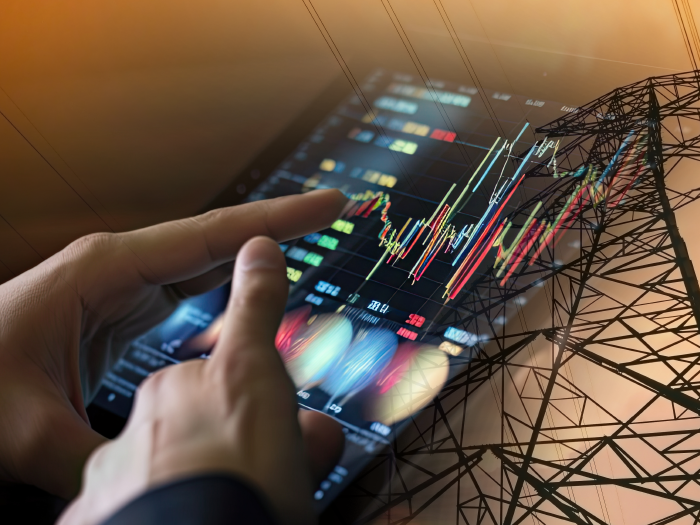
Intelligent demand side response- White Paper
In today’s fast-paced industrial landscape, optimising production schedules isn’t just about meeting deadlines; it’s also about navigating volatile energy prices. Fluctuations in energy costs can significantly impact operational expenses, making it imperative for businesses to devise strategies that mitigate against these costs.
Learn more